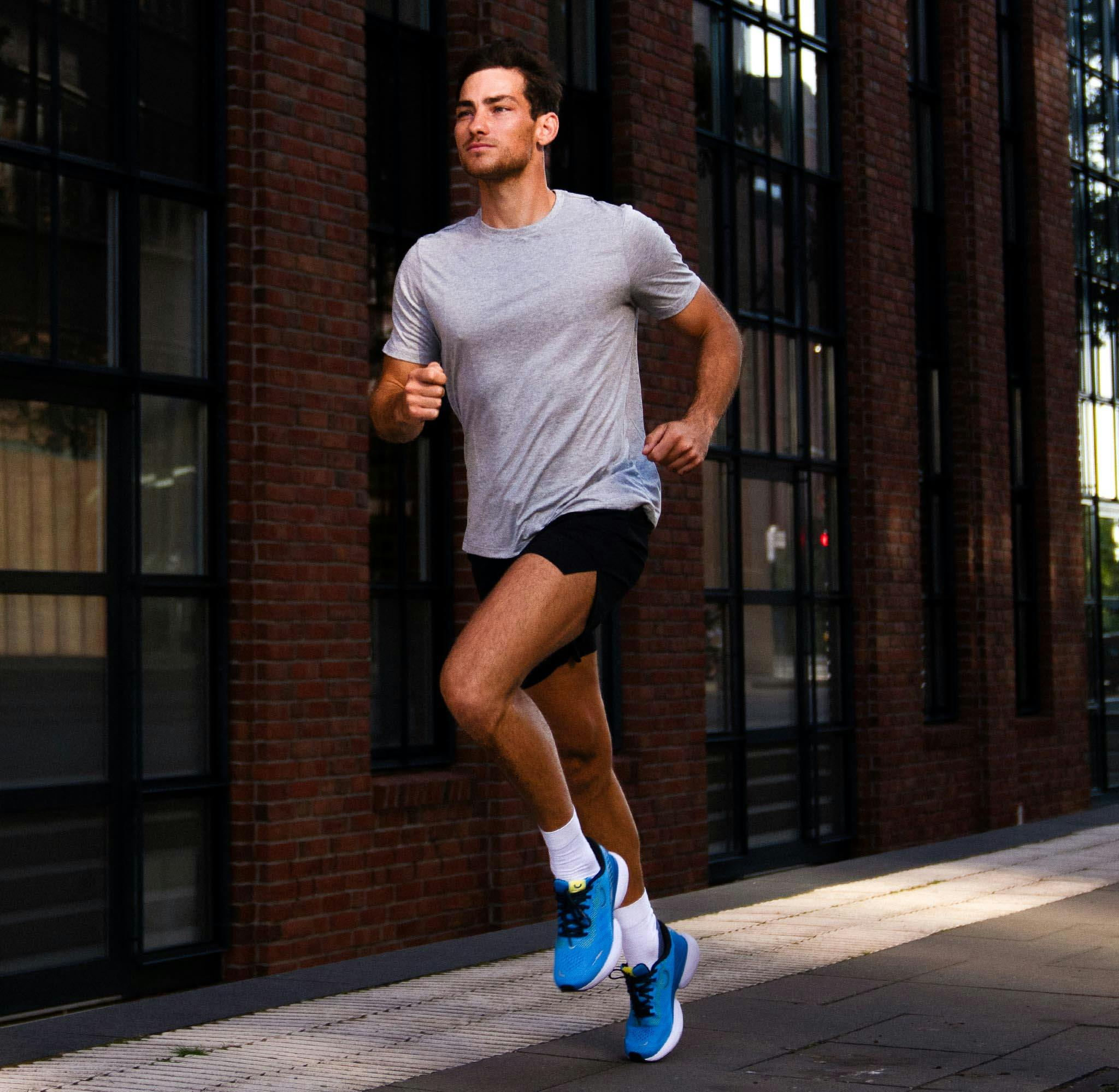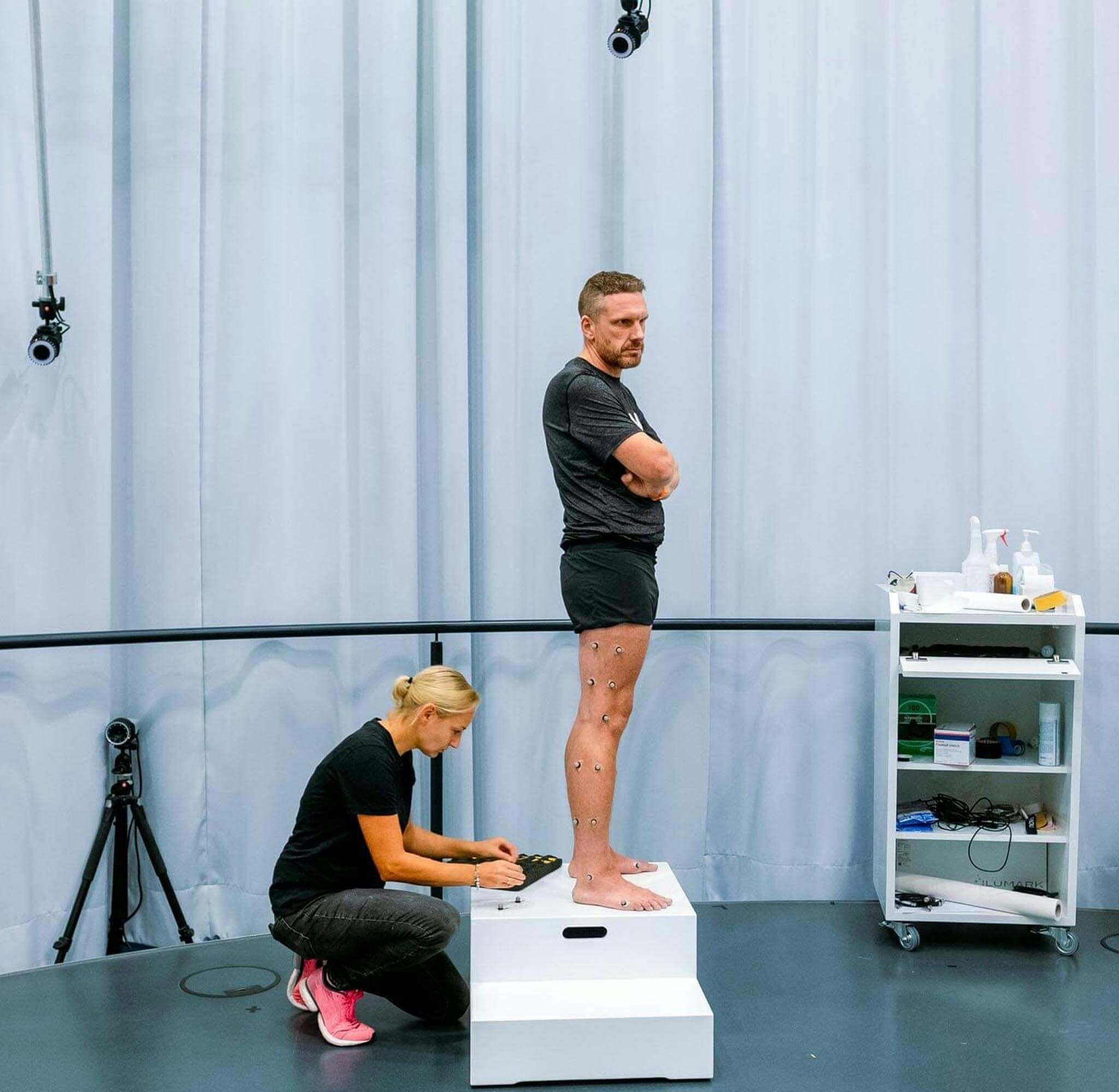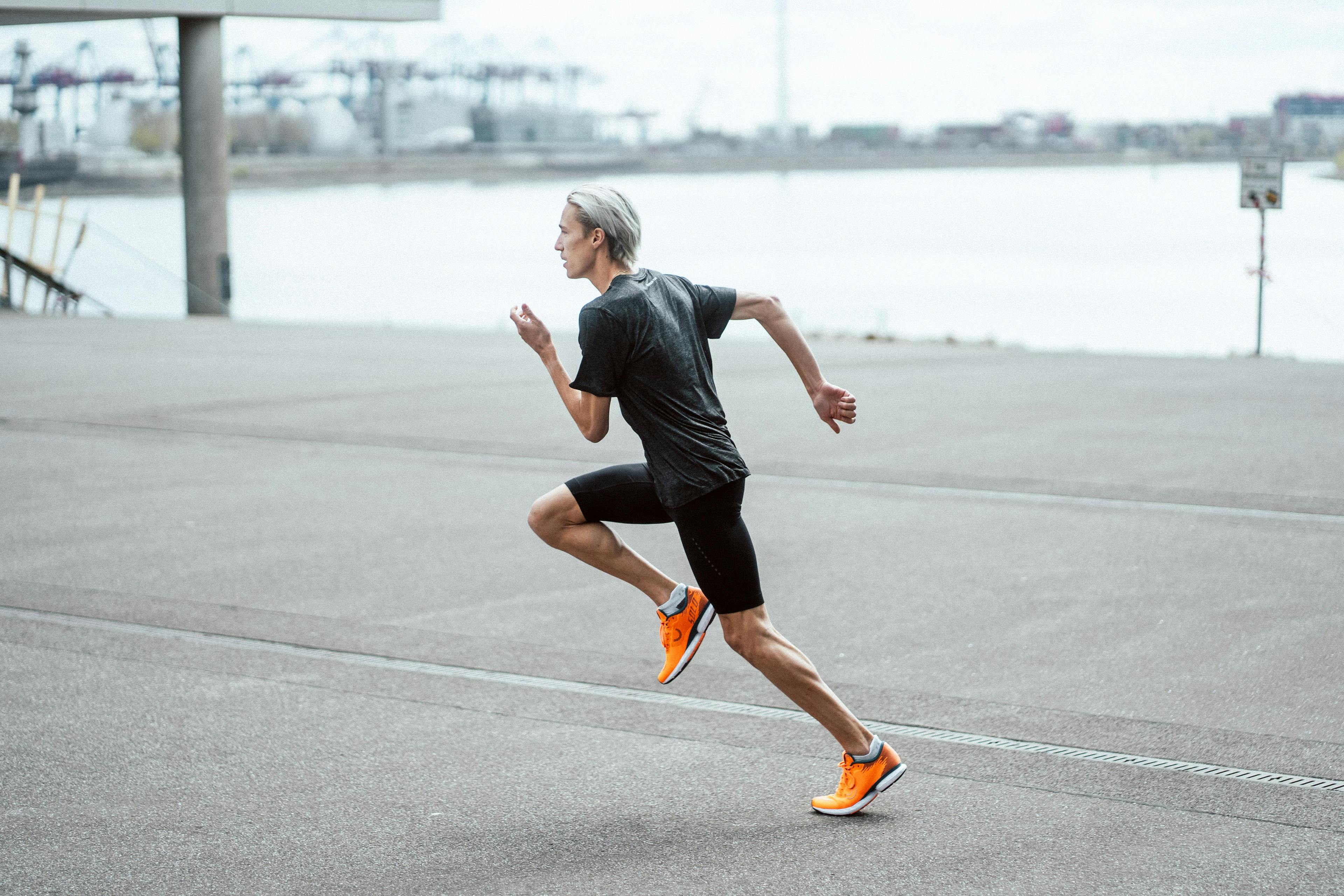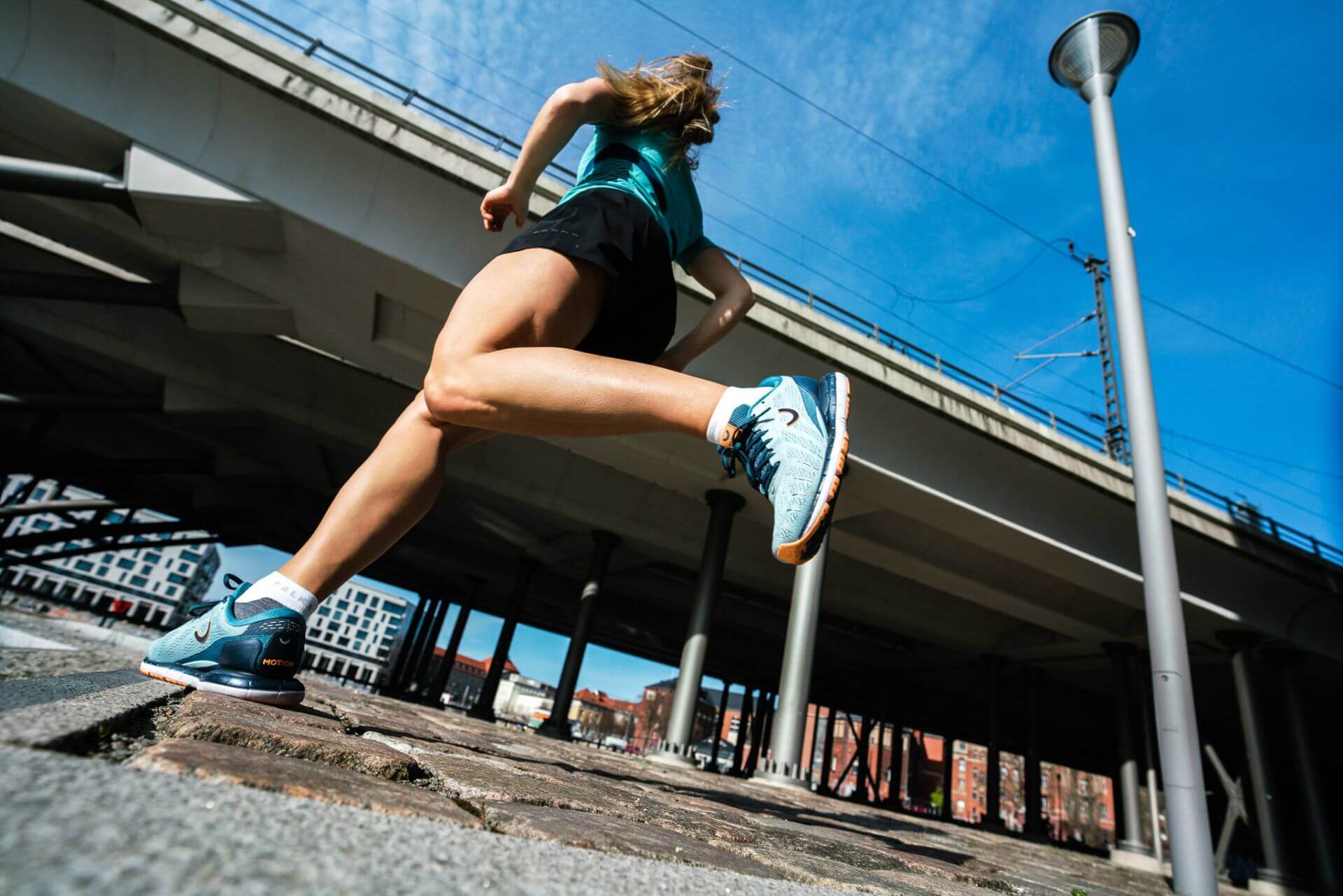
The Offset in Running Shoes – What’s Actually Behind It?
23rd August 2022
Less stress thanks to the right shoe offset – searching for an individually perfect running shoe, we repeatedly come across the term offset. But what exactly does it mean in running shoes, how does it influence our running dynamics – and what impact do shoes with different offsets have on our joint load? Gert-Peter Brüggemann, professor of biomechanics and co-founder of True Motion, explains why runners should definitely consider the shoe offset when buying running shoes and how a so-called dynamic offset combines the advantages of a high and a low offset.
Content:
What does the offset mean for running shoes?
A high of or a low offset – what are the advantages and disadvantages of running shoes with different offsets?
How a dynamic offset combines the advantages of conventional heel-to-toe drops
At a glance – the offset of all True Motion running shoes
As soon as we want to buy a new pair of running shoe, the first question we ask ourselves is what we need it for in the first place – for our training, for our next competition, for the road, or for trail runs. Sometimes it should be comfortable, other times dynamic. But above all, we want to reduce the load on our joints, tendons, and muscles without sacrificing our performance. Here, the running shoe’s offset plays a decisive role. But what is behind this term, why do we constantly read about it when we buy running shoes – and what are the advantages and disadvantages of running shoes with a high or a low offset?
What does the offset mean for running shoes?
“The offset of a running shoe indicates the difference in sole height between the heel and the forefoot,“ explains biomechanist Gert-Peter Brüggemann. There are several synonyms for the term that all refer to the same thing: offset, heel-to-toe drop or heel-to-toe offset. There’s a wide range of running shoes on the market, with heel-to-toe offsets between 0 mm and 14 mm static offset. The higher the offset, the steeper the runners stand in the shoe. Simply put, the foot is on a kind of ramp sloping from the back to the front.
“The important thing,“ says Gert-Peter Brüggemann, “is that the heel-to-toe drop is completely independent of the sole height.“ Running shoes with a low sole height can still have a high offset. Likewise, there are running shoes that have a high sole height but a low offset. The offset is specified in millimeters, based on the sample shoe size US 9 (men). In the case of the U-TECH Aion next gen, for example, the heel-to-toe drop is 10 mm. The sole height under the rearfoot is 27 mm, while the sole under the forefoot is 17 mm high.
PERFECT FOR LONG RUNS:
DISCOVER THE U-TECH AION
PERFECT FOR LONG RUNS:
DISCOVER THE U-TECH AION
NEW DIMENSION IN COMFORT
The heavenly harmonious running sensation, the generous fit and its extraordinary biomechanical function have been finetuned to create our most innovative True Motion running shoe to date. Our U-TECH Aion next gen features a dynamic offset. This enables a highly efficient transition and an explosive push-off.
A heel-to-toe drop of 10 mm corresponds to a slope of 4° from the heel to the forefoot. In order to function biomechanically, this gradient should be constant over the entire length of the shoe. For this reason, shoes that are smaller or larger than sample size will also have lower or higher heel-to-toe drops than the specified 10 mm. In short, the shoe offset is given in millimeters, but from a biomechanical point of view, it is the gradient in degrees that is decisive.
A high or a low offset – what are the advantages and disadvantages of running shoes with different offsets?
When it comes to the static heel-to-toe offset, four categories can currently be distinguished: shoes with 0 mm offset, a low offset (1–4 mm), a medium offset (5–7 mm), and a high offset (8 mm or more). Shoes from all four categories of static offset have their pros and cons – and bring advantages and disadvantages for runners in their own way. Biomechanics professor Gert-Peter Brüggemann explains: “Whether you are a rearfoot, a midfoot, or a forefoot striker – in order to run efficiently and worry-free, it is important to choose the individually suitable shoe offset.
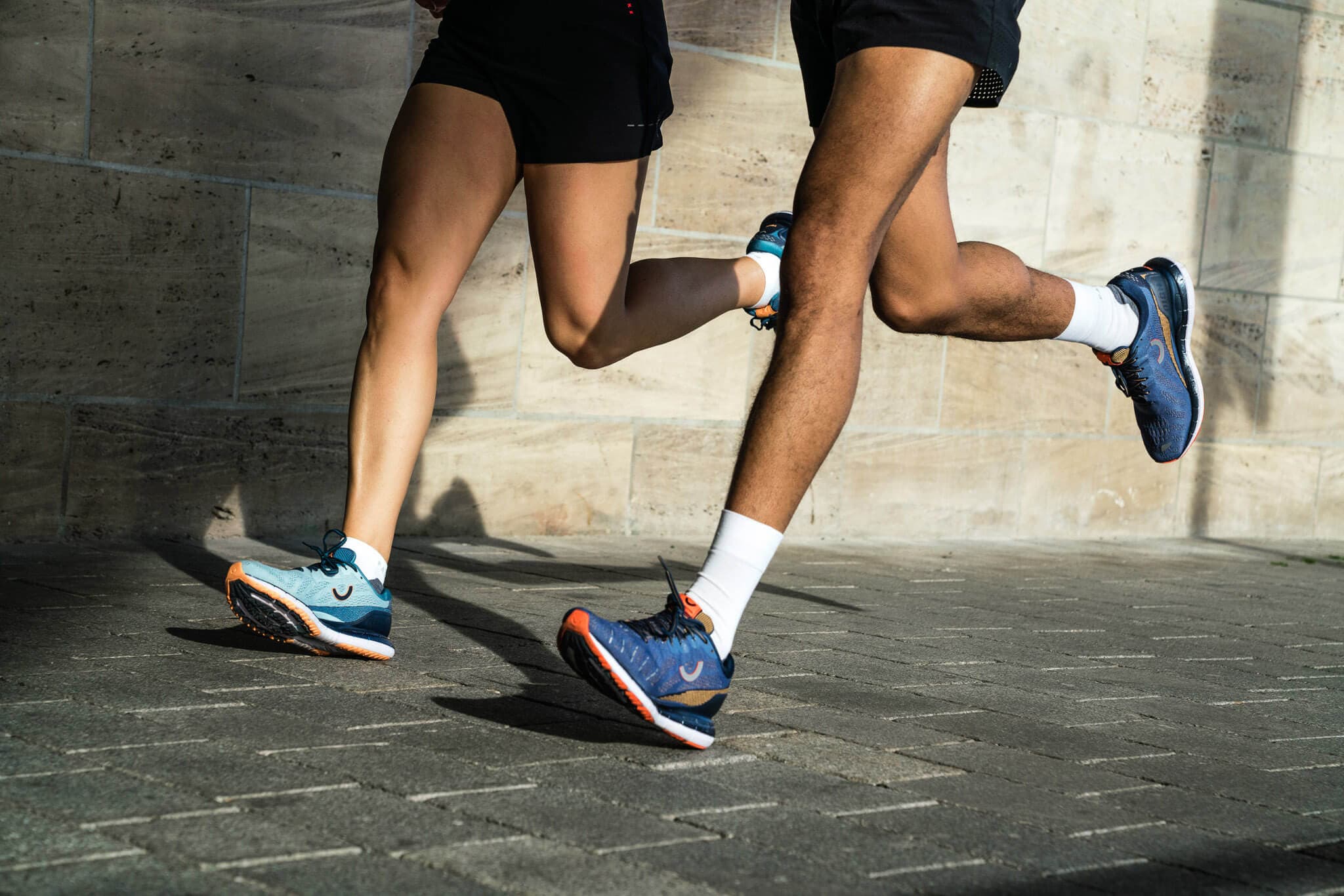
After many years of relying on running shoes with a high heel-to-toe drop, runners are increasingly asking for models with little to no offset – also to get closer to a kind of barefoot running. In shoes with zero offset, heel and forefoot are at the same height. However, recent studies show that running shoes cannot mimic barefoot running one-to-one. “As soon as we wear shoes, the biomechanics of running change,“ says Gert-Peter Brüggemann. “Barefoot running cannot be copied.“
Nevertheless, running shoes with a low offset have their own advantages and disadvantages, just like those with a high offset, as our overview shows:
Advantages and disadvantages of running shoes with low heel-to-toe offset
Advantages: A lower heel-to-toe offset promotes a midfoot strike. This reduces the load on the knee and hip joint. In this way, a lower offset, especially when combined with a low sole height, reduces the risk of runner’s knee (ITBS) and anterior knee pain (PFSS).
Disadvantages: Shoes with a lower heel-to-toe offset increase the load on the ankle joint, which bends more when it comes into contact with the ground. The ankle joint functions as a spring-damper system. The energy absorbed thus leads to a high load on the ankle, foot, and lower leg.
Advantages and disadvantages of running shoes with a high heel-to-toe offset
Advantages: A higher offset facilitates a soft heel strike and subsequent transition of the foot from the rearfoot through the midfoot to the forefoot. This relieves pressure on the ankle, Achilles tendon, and the bottom of the foot. Running shoes with a higher offset thus reduce the risk of plantar fasciitis – an inflammation of the tendons on the underside of the foot.
Disadvantages: Shoes with a higher heel-to-toe offset increase the load on the knee joint as well as on the muscles and tendons of the front thigh.
The overview shows: which shoe offset category is the right one is very individual – and depends on our needs and prerequisites. The so-called dynamic offset, on the other hand, combines the advantages of a low offset with those of a high offset.

How a dynamic offset combines the advantages of conventional heel-to-toe drops
It is precisely this biomechanically new approach that we use in our True Motion running shoes: the patented U-TECH™ technology succeeds in combining the advantages of low and high shoe offset. “The characteristic U-shaped midsole construction in the rearfoot area allows the foot to sink in dynamically during the running motion,“ explains Professor Gert-Peter Brüggemann.
In this way, the difference in height between heel and forefoot is compensated for shortly after footstrike. „The dynamic shoe offset combines the advantages of a higher offset, such as a reduction in stress on the ankle, Achilles tendon, and underside of the foot during landing, with those of a lower offset, i.e., reduced stress on the knee joint – especially in the middle of the support phase,“ explains the biomechanics expert. Another effect of the U–TECH™ technology is that the forces acting on the runners are centered under the ankle and knee joints. This again reduces the load on precisely these structures. The technology enables a natural motion sequence without the need to change or correct it.
One thing is clear: in order to find the best running shoe for the individual, other things matter besides the offset. For example, those who like it more comfortable look for running shoes with more cushioning. Those who run a lot on challenging terrain, on the other hand, need special running shoes for trail running. What should always be paid attention to is the right running shoe size. And once we’ve found the right offset for our own running style, we’ve taken another step towards finding the perfect running shoe for our individual needs.
At a glance – the offset of all True Motion running shoes
All True Motion running shoes have the so-called dynamic offset thanks to U-TECH™ technology. Three of our four running shoe models have 10 mm of heel-to-toe drop when unloaded, and one model has a drop of 8 mm. This applies to both the men’s shoes and the women’s models:
PERFECT FOR LONG RUNS:
DISCOVER THE U-TECH AION
PERFECT FOR LONG RUNS:
DISCOVER THE U-TECH AION
NEW DIMENSION IN COMFORT
The most comfortable running shoe within the True Motion family – the U-TECH Aion next gen – has a static drop of 10 mm that dynamically compresses down to 0 mm. The midsole height is 27 mm over the heel and 17 mm over the forefoot.
IDEAL IN ANY SITUATION:
DISCOVER THE U-TECH NEVOS
IDEAL IN ANY SITUATION:
DISCOVER THE U-TECH NEVOS
YOUR BEST FRIEND FOR EVERY DAY
The U-TECH Nevos also has a static drop of 10 mm, which is reduced to as low as 0 mm due to the sinking into the U-TECH™ technology. However, the midsole height varies, for example, the sole measures 24 mm over the rearfoot, while it is 14 mm high over the forefoot.
SUITABLE FOR ANY WEATHER:
DISCOVER THE U-TECH NEVOS ELEMENTS
SUITABLE FOR ANY WEATHER:
DISCOVER THE U-TECH NEVOS ELEMENTS
NATIVE TO ALL ELEMENTS
Our all-weather model – the U-TECH Nevos Elements – offers a firm step on any surface. Here, the dimensions are identical to the model U-TECH Nevos with regard to drop and midsole height. The static drop is 10 mm (dynamic down to 0 mm), with the sole height decreasing from 24 mm in the heel to 14 mm in the forefoot.
PERFECT FOR ANY PACE SHARPENING:
DISCOVER THE U-TECH SOLO
PERFECT FOR ANY PACE SHARPENING:
DISCOVER THE U-TECH SOLO
RUNNING FAST AND ENJOYING TO FLY
The lightweight trainer U-TECH Solo has the lowest offset with a static drop of 8 mm. In the fastest True Motion model, the midsole height is 22 mm at the rearfoot and 14 mm at the forefoot.

NEVER RUN OUT OF
NEWS
Discover all True Motion stories – and be the first to hear about new products, promotions and events. Simply, center your run!
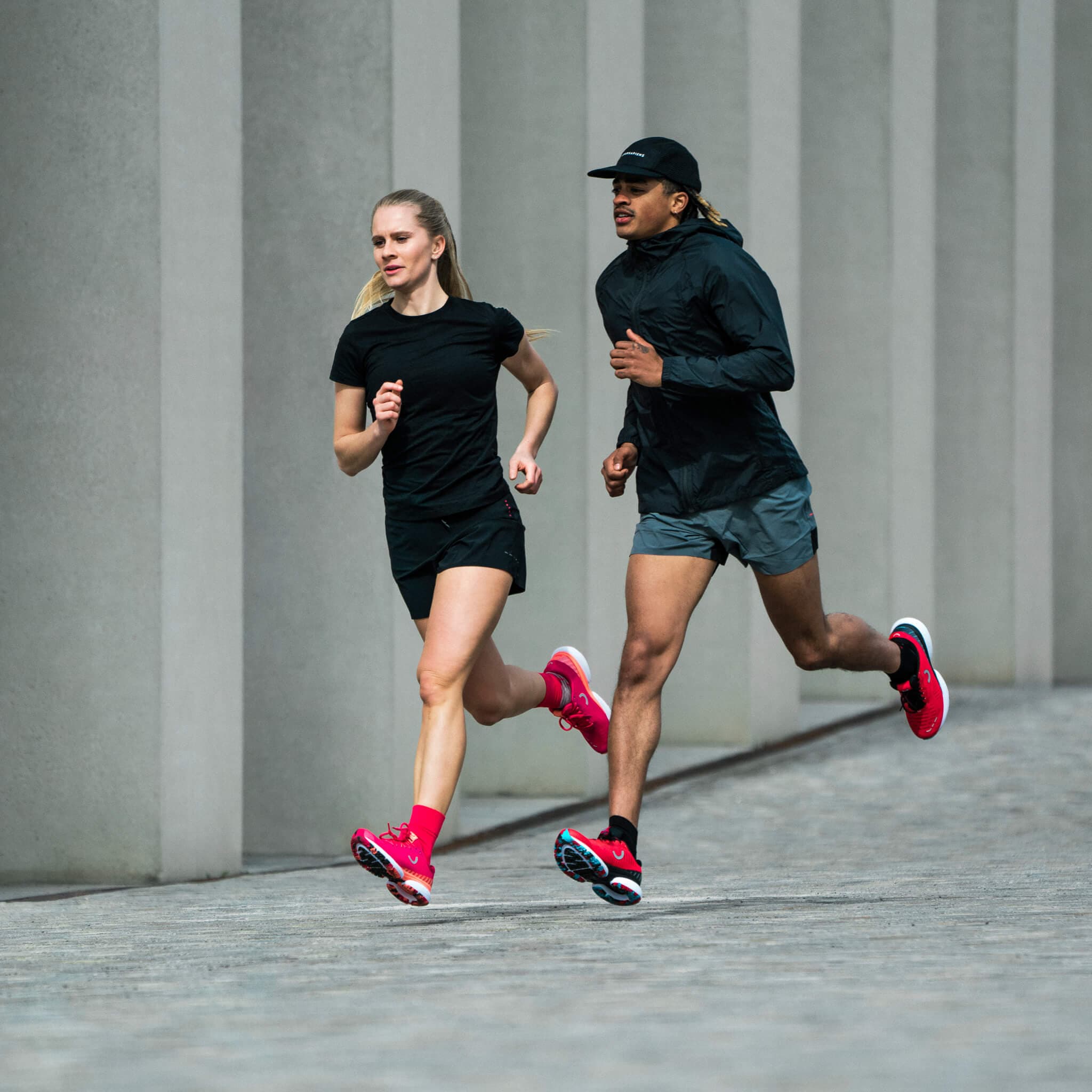
NEVER RUN OUT OF
NEWS
Discover all True Motion stories – and be the first to hear about new products, promotions and events. Simply, center your run!
READ THE NEWEST
U-RUN STORIES
Sabrina Mockenhaupt: This shoe got me running again
2025-10-31

Sabrina Mockenhaupt has achieved everything that many runners dream of. Running was and is her life, until the pain eventually became too much. Today, she is running pain-free again – this is her story.
Laura Schmidt: I have rediscovered running for myself
2025-03-07

My name is Laura. I started running eight years ago – to clear my head after work. But knee pain kept me from being able to run regularly. A new pair of running shoes was finally the solution. Today I run pain-free. This is my true runner story.
READ THE NEWEST
U-RUN STORIES
Sabrina Mockenhaupt: This shoe got me running again
2025-10-31

Sabrina Mockenhaupt has achieved everything that many runners dream of. Running was and is her life, until the pain eventually became too much. Today, she is running pain-free again – this is her story.
Laura Schmidt: I have rediscovered running for myself
2025-03-07

My name is Laura. I started running eight years ago – to clear my head after work. But knee pain kept me from being able to run regularly. A new pair of running shoes was finally the solution. Today I run pain-free. This is my true runner story.
RECOMMENDED BY








RECOMMENDED BY








GET 10 % OFF YOUR FIRST ORDER!
Get your personal running updates with exclusive discounts, product news, training plans and tips for healthy running - straight to your inbox. 10% discount on your next order.
SERVICE
ABOUT US
© 2025 True Motion Running GmbH


